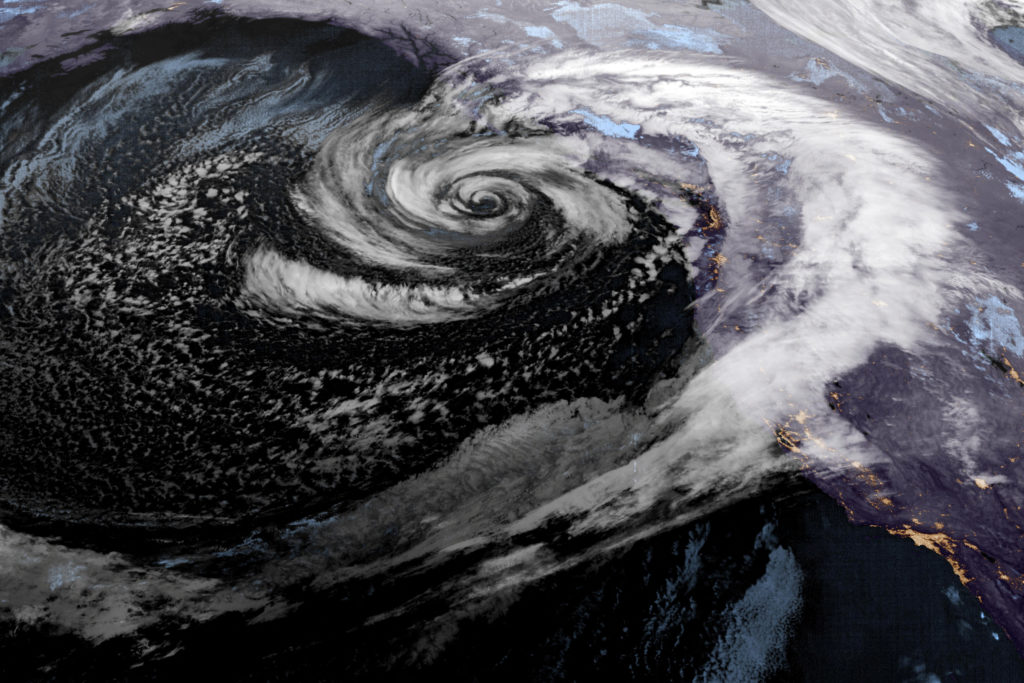Devastating Bomb Cyclone Strikes Northwest U.S., Leaving Destruction in Its Wake
A powerful bomb cyclone has unleashed severe weather across the Northwestern United States, resulting in tragic fatalities and widespread power outages affecting hundreds of thousands of residents. As communities grapple with the aftermath, authorities are mobilizing resources to address the extensive damage and prepare for ongoing adverse conditions.
Understanding the Bomb Cyclone Phenomenon
A bomb cyclone refers to a rapidly intensifying storm characterized by a significant drop in atmospheric pressure—at least 24 millibars within 24 hours—a process known as bombogenesis. This rapid intensification leads to severe weather conditions, including hurricane-force winds, heavy rainfall, and substantial snowfall, posing significant threats to affected regions.
Impact on the Pacific Northwest
The recent bomb cyclone has had a profound impact on the Pacific Northwest, particularly in Washington, Oregon, and Northern California. The storm’s ferocity has led to:
- Fatalities: At least two individuals have lost their lives due to storm-related incidents, including a woman in her 50s in Lynnwood, Washington, who was killed when a large tree fell on a homeless encampment, and another woman in Bellevue who died after a tree crashed into her home.
- Power Outages: The storm has caused widespread power outages, leaving over 700,000 residents without electricity. Efforts to restore power are underway, but many areas may experience prolonged outages due to the extent of the damage.
- Infrastructure Damage: High winds have toppled trees and power lines, blocked roads, and damaged homes and businesses, complicating emergency response efforts and daily life for residents.
Emergency Response and Community Resilience
In response to the crisis, local and state authorities have activated emergency protocols, including:
- Opening Warming Centers: Communities have established warming centers to provide shelter and resources for those affected by power outages and hazardous conditions.
- Deploying Repair Crews: Utility companies have mobilized crews to assess and repair damaged infrastructure, prioritizing areas with critical needs.
- Issuing Safety Advisories: Officials are advising residents to avoid travel, stay indoors, and steer clear of downed power lines and debris to ensure safety.
Environmental and Economic Implications
The bomb cyclone’s impact extends beyond immediate physical damage, with significant environmental and economic consequences:
- Flooding and Landslides: Heavy rainfall has saturated the ground, increasing the risk of flooding and landslides, particularly in areas with recent wildfire activity where vegetation loss exacerbates soil instability.
- Economic Disruption: The storm has disrupted commerce, with businesses closing due to power outages and infrastructure damage, leading to economic losses in affected communities.
- Environmental Stress: The intense weather has strained local ecosystems, potentially affecting wildlife habitats and water quality due to runoff and debris.
Preparing for Future Weather Events
This event underscores the importance of preparedness and resilience in the face of extreme weather. Key considerations include:
- Infrastructure Investment: Enhancing the resilience of power grids, transportation networks, and communication systems to withstand severe weather conditions.
- CommunitSee more The Buzz Live

